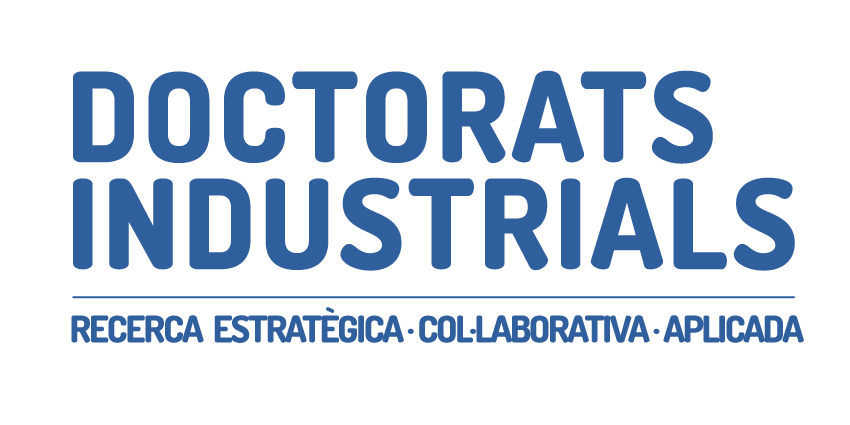Descripció del projecte
A microbiological culture is a method of multiplying microbial organisms by letting them reproduce in predetermined culture medium under controlled laboratory conditions. Informally, the culture is the “selectively growing” of a specific kind of microorganism in the lab and the agar, as a gelatinous substance derived from seaweed, is used as a medium of gelling it. The microbial culture media is one of the primary diagnostic methods of microbiology, as well as foundational and basic diagnostic method extensively used as a research tool in molecular biology.
The pour plating, f.i. in petri dishes, and spreading liquefied samples with nutrient broths before agar is poured into allowing to solidify, provide the medium for the growing of the selected microorganism and subsequently, performing colony counts and detect the presence or absence of target pathogens. Hence, sterile plate, plate incubation management, incubation volume, sterile medium, pouring fluid-dynamic characteristics, sample mixing, dilution and solidification are critical for optimizing growth conditions and improving colony counts.
Reactivos Para Diagnóstico (RPD), as leading company in the production of hydrated and dehydrated culture media for microbiology, supplements and additives, is involved in the improvement of pour plating techniques, culture media preservation and management by removing accessibility barriers for researchers and laboratories around the globe, as current research trends of interest. Based on its expertise, RPD is currently working on these main areas of interest: (i) high quality dehydrated culture media, (ii) minimal intervention for sample processing reducing repetitive stress injuries and human error and (iii) the concept of “microbiology ‘ready to use'” as a strategic activity with the synergy of (i) and (ii). Hence, RPD is interested in automating the pour plate method to perform total viable bacterial counts on liquid samples.
The research statements that this research proposal aims to answer are: (I) How to reach and provide developing countries with low cost short batches of culture media, ensuring quality, extending use life, protection and product safety? – Deep design knowledge and gaining confidently to guide RPD costumers; and then, (II) Which are the most relevant parameters to ensure high quality pour plating culture media? – A balance of quality, durability and simplicity of the consumables ready to cleanly use to prepare it; finally, (III) How do colony counts and detection improve by achieving (I) and (II) questions? The review of the open literature reveals three main gaps:
1. Modular platform for pour-plate culture media. Despite the everyday enormous work by pour plating, current methodology requires human intervention and expertise for sample processing, and hence, repetitive stress injuries and involuntary errors. Sophisticated automatic machines are inaccessible for many laboratories, especially in developing countries. Moreover, the “own cooking process” in laboratories due to short batches, demands for a new flexible modular platform allowing for the customization of all aspects of the plating protocol including sterile and plate incubation management, temperature control, pouring fluid-dynamic characteristics, sample mixing, dilution and solidification.
2. Design for microbiology engineering. The union of microbiology and engineering is the new step in the pouring plate culture media to become a technological methodology. Its challenges are related to the fluid-dynamic field: the dosing without splashing and dripping, homogeneity, mixing of fluids with different density, no aseptic but sterile, neatness and control. In addition, an environment without cross contamination with less human intervention is ensured.
3. Academia and Industry. There is a need to advance in the interaction, ”a bridge”, between academia and industry. Without a doubt, manufacturers are technical experts, but they are less prone to carry out a PhD thesis and to publish in research journals.
The scope of this proposal is well known by RPD based on how much is already known about the problem and what is missing. The topic is significant since it will mean an important step forward in the development of pour plating technology and it will help the expansion of RPD products to new markets. The framework of this research will be based on theoretical application, modelling and experimental work, as major approaches. The feasibility design is supported by the tools, instrumentation, laboratory facilities, participants and sources already available in both RPD and UPC.
Finally, this research proposal is also clearly oriented to the dissemination exploitation results: conferences, publications, internationalization and interaction with other research groups.



